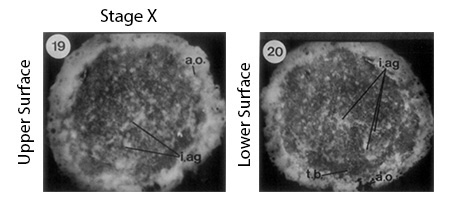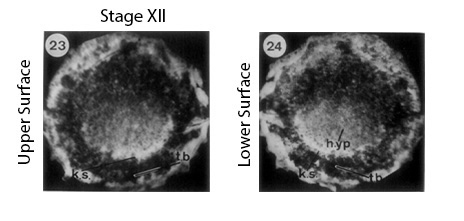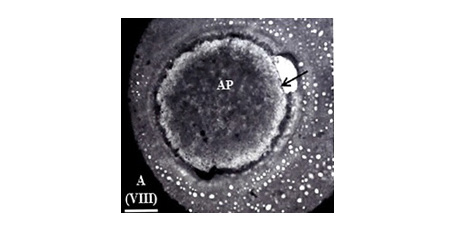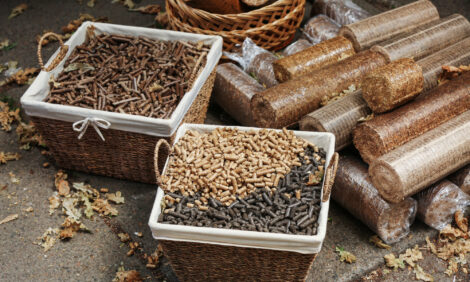



Petersime Hatchery Development Department Links Client, Manufacturer
BELGIUM - The Petersime Hatchery Development Department is an essential link between client and the manufacturer.The Petersime Hatchery Development Department has now established itself as an important factor in the optimisation of a hatchery’s performance and the enhancement of the knowledge and operational skills of the hatchery staff through the Hatchery Performance Audit (HPA) and the Hatchery management Training (HMT) programmes, respectively.
However another vital role of this department is the link between the needs of the industry and the product development of the Petersime R&D Department. This includes all aspects of the poultry production that either directly or indirectly involves the hatchery performance and an example of this is the recent development of the BioStreamer™ Re-Store.
As early as the 1950’s, it has been known that giving a short period of heat treatment to stored eggs can significantly reduce the losses in hatchability, however it was only recently that a major breeding company managed to achieve somewhat variable, but critically consistent positive results. Following this, as a result of working in close cooperation with the Petersime Hatchery Development Department, the BioStreamer Re-Store was developed and has proved that consistent, positive gains can be achieved.
However, the story does not end there. Extensive field trials undertaken by the Petersime Hatchery Development Department are showing that taking the early embryo to a more robust developmental stage early in the process can yield significant gains.
Shown below is the typical embryonic development stage at point of hatch (See Figure 1).

(Eyal-Galidai and Kochav, 1976)
There may be small differences seen with flock types, ages, collection times, etc. but it is known that this is not the optimum stage required for extended storage times and the embryo can still be vulnerable even for short durations.
Field trials are showing that taking the embryo to a more advanced stage (See Figure 2) can increase survivability and produces a more robust chick that shows improved post-hatch performance.

(Eyal-Giladi and Kochav, 1976)
For obvious physiological reasons young flocks tend to produce embryos at earlier stages and are showing the greatest benefit from earlier treatment timings. Equally turkey eggs are generally showing across the age range a similar if not greater benefit (embryo development stage differs to that of chicken. (See Figure 3).

(Reference Bakst and Wade, 2014)
The Petersime Hatchery Development Department does not claim to be the sole developer of the BioStreamer Re-Store system but rather the link that brings the industry and the expertise together in cooperation to not only develop the equipment but to go on and optimise and further enhance the system.
This is just one example of the vital role the Hatchery Development Department plays and all of this will ultimately be included in the Hatchery Management Training in order to give the industry the knowledge and expertise along with the required ongoing support.









